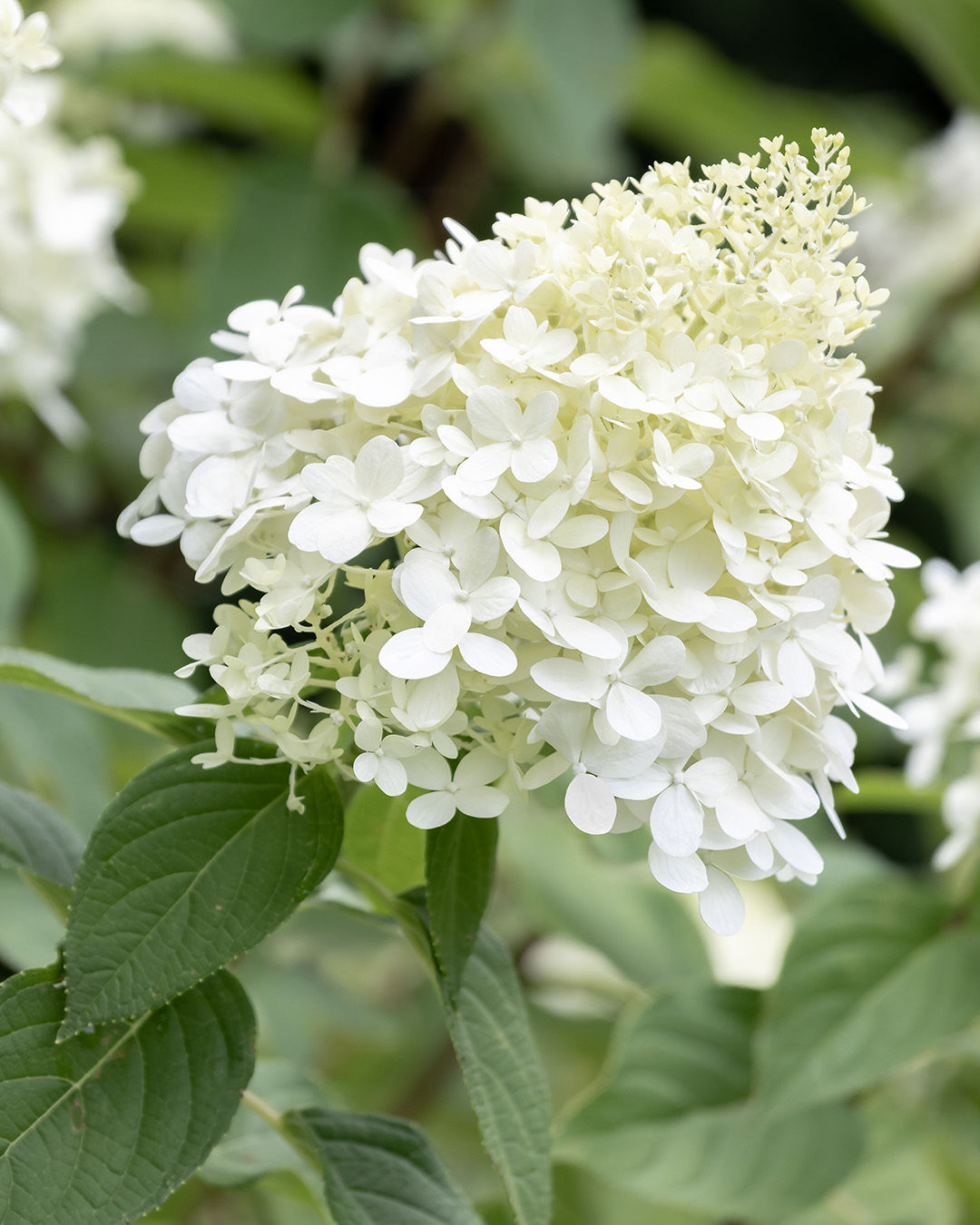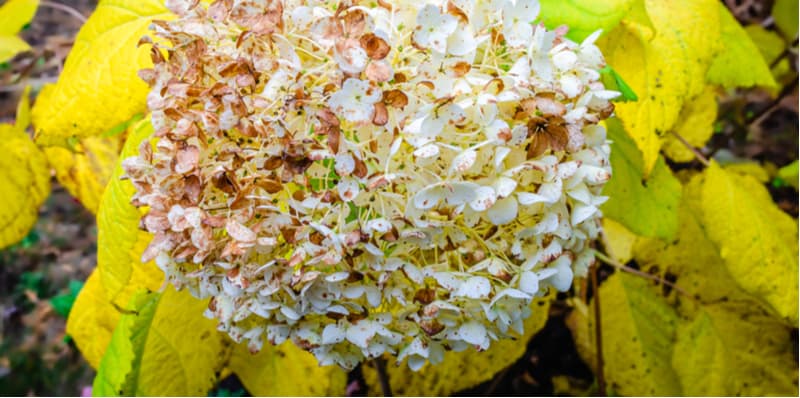How Hydrangea Leaves Turning Yellow can Save You Time, Stress, and Money.
Some Known Details About Hydrangea Leaves Turning Yellow
Table of ContentsHydrangea Leaves Turning Yellow Can Be Fun For EveryoneThe Best Guide To Hydrangea Leaves Turning YellowThe smart Trick of Hydrangea Leaves Turning Yellow That Nobody is DiscussingThe Facts About Hydrangea Leaves Turning Yellow RevealedRumored Buzz on Hydrangea Leaves Turning YellowHydrangea Leaves Turning Yellow for Beginners
These concerns are simple to determine and repair if you take steps prior to origin rot sets in. A wetness meter can aid assist you to the most effective method of adjustment. Large fallen leaves often look droopy throughout the mid-day warm. When they fail to perk up in the evening or still look shrivelled in the early morning, your plant might be overwatered.Eliminate the plant from the dirt and prune out any kind of roots that aren't white and swollen (plump). Do not try to deal with the issue by sprinkling exceedingly.

The 5-Minute Rule for Hydrangea Leaves Turning Yellow
First appears on the older fallen leaves, yet the leaf capillaries stay eco-friendly. A magnesium deficiency shows up first on old fallen leaves and should not be perplexed with an iron shortage [Photo: izzzy71/ Shutterstock. com] While there is typically adequate iron in natural dirt, hydrangeas usually have a hard time to absorb sufficient of it.
The best way to stop iron deficiency-chlorosis in hydrangeas is to plant them in ideal ericaceous or acidic dirt. When growing in a bed, mix in some peat or reduced-peat ericaceous compost and check the p, H worth annually. This is essential because the garden compost blend around the plants will influence the p, H worth of the soil in the future and the p, H worth might rise once again.

Not known Factual Statements About Hydrangea Leaves Turning Yellow
September is the best time of year to do something concerning those hydrangeas. Their fallen leaves are transforming yellow, the blossoms have actually faded, and their gangly appearance is making you insane.
Currently to encounter the remaining bush, not a rather view as wintertime approaches. Mophead, Lacecap and Oakleaf hydrangeas grow on old wood. What that suggests is they will certainly websites flower next year on timber that was formed this year. Do not prune Mophead, Lacecaps and Oakleaf hydrangeas to the ground, as you will get rid of the stems that prepare to bloom next spring.
That means you will not be getting rid of also many of following year's blossom buds. view it now Trim out as much dead wood as you can locate. You can cut deadwood to the ground. If the bush is obtaining bigger than you like, you can take out a third of the online timber while you're in there.
Little Known Facts About Hydrangea Leaves Turning Yellow.
We're right in the center of our late-blooming hydrangea period here, so I believed I 'd share a tip for this certain sort of hydrangea that I found actually interesting. A whole lot of individuals have a comparable concern with their panicle hydrangeas where they start to see the leaves turning yellow and dropping off at various parts of the period and it can be pretty remarkable and pretty worrying because it can occur actually rapidly on a shrub that feels like it's otherwise really healthy and balanced.
I have actually shared it on Instagram prior to, however I realized I have actually never ever told you about this in a genuine, full article, so today I'm dealing with that. When I claim that this puts on panicle hydrangeas, that implies the type of hydrangeas that normally bloom later on in summertime, generally around August.
Where we stay in zone 6, they're fairly very easy to have success with and they're actually preferred in our location, which is wonderful because that means that there are hydrangeas practically almost everywhere currently of year. When you read this post here see your hydrangea leaves beginning to turn yellow, you might think that your plant is dying or being abused somehow, but in truth, the opposite holds true.
Hydrangea Leaves Turning Yellow - An Overview

Courtenay is the author of the book The Cleaning Ninja and has actually been featured in countless magazines consisting of Nation Sampler Farmhouse Style, Better Homes and Gardens, Parents Magazine, Real Simple, and Our Houses.
Waterlogged soil denies the roots of oxygen, bring about root rot and yellow fallen leaves. On the various other hand, underwatering or dehydration triggers the plant to wilt and its vegetation to yellow. Keeping a constant watering timetable and ensuring appropriate water drainage through drain holes or layers can aid prevent these issues.
All About Hydrangea Leaves Turning Yellow
With proper treatment and upkeep, hydrangeas can flourish and maintain their vibrant, vibrant fallen leaves. Hydrangea leaves transforming yellow is an usual concern that can be connected to numerous elements (Hydrangea Leaves Turning Yellow).
The type of yellowing seen (e. g. the setting of the influenced fallen leaves on the plant, and/or the pattern and setting of the yellowing on the leaf itself) will certainly commonly differ according to the cause. The chlorosis is frequently gone along with by various other symptoms providing further clues regarding the cause, e.Examples include sap-sucking insects such as aphids, red spider mites and whiteflies, and origin feeders such as vine weevil and cabbage root fly. Once more it is typically possible to locate the perpetrator on the fallen leaves or amongst the roots.